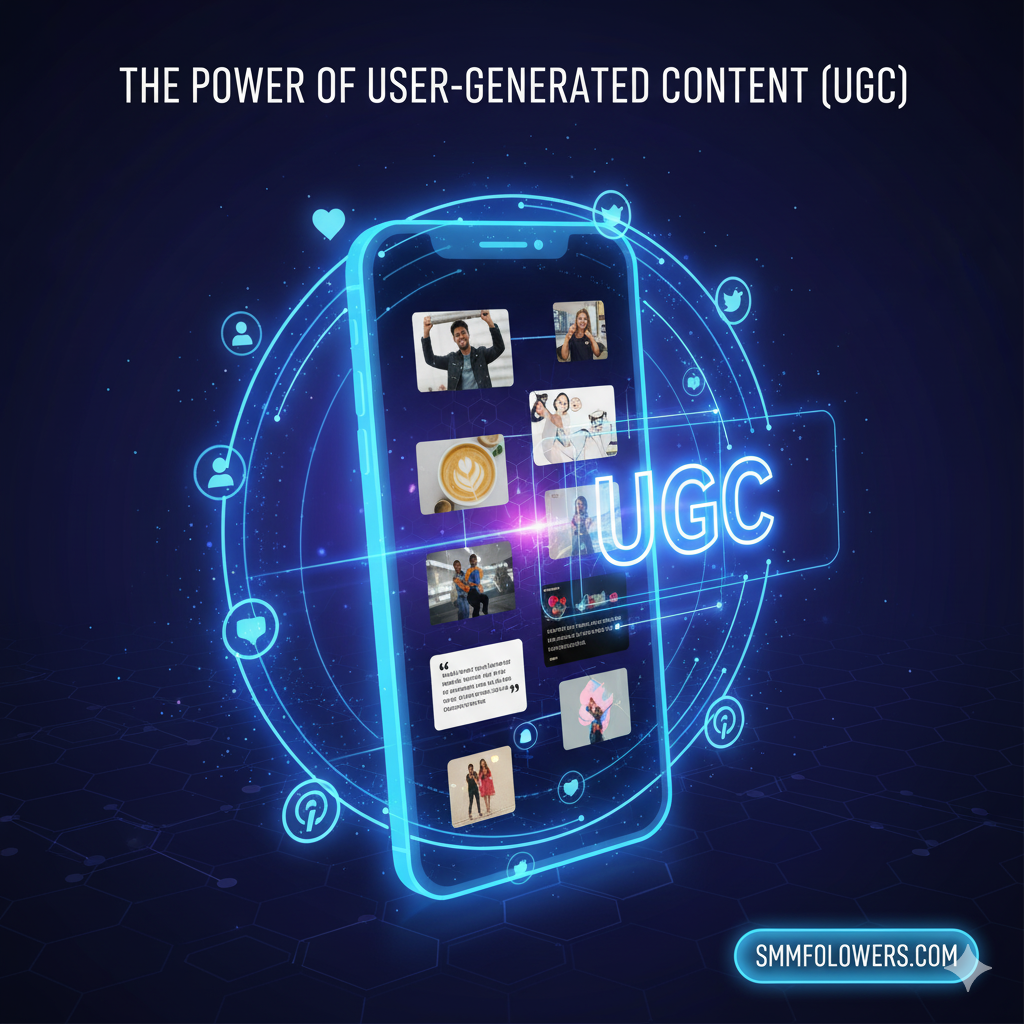
The Power of User-Generated Content (UGC)
The Power of User-Generated Content (UGC) in 2025
User-generated content (UGC) has become one of the most potent forces driving social media marketing in 2025. As consumers grow savvier and more skeptical of traditional advertising, the authentic voices of fellow users resonate more deeply than branded messages. UGC not only fosters trust and community but also fuels organic growth by expanding reach and engagement in a remarkably cost-effective way. In this comprehensive guide, we'll explore why UGC matters more than ever, how it can be strategically integrated into your marketing plan, and how platforms like SMMFollowers can help amplify your UGC-driven campaigns.
What Is User-Generated Content?
UGC refers to any content—photos, videos, reviews, testimonials, blog posts, social media posts—created and shared by consumers rather than brands. It’s the online word-of-mouth, and its authenticity is what makes it so impactful.
Why User-Generated Content is a Game-Changer in 2025
- Authenticity Reigns Supreme: 90% of consumers say UGC influences their purchase decisions more than traditional advertising.
- Community Building: Leveraging UGC creates a sense of belonging among customers, transforming audiences into advocates.
- Increased Engagement: UGC posts are shared and interacted with 28% more than standard brand content.
- Cost-Effective Marketing: Brands spend less on content creation while gaining high-performing, trust-building assets.
- Diverse Perspectives: UGC provides genuine, varied viewpoints that resonate across demographics.
How to Collect and Leverage UGC Effectively
- Encourage Customers to Share: Run contests, use branded hashtags, and create shareable prompts.
- Showcase UGC on Your Channels: Feature customer photos, reviews, and videos on your social media and website.
- Engage and Collaborate: Interact with creators and encourage deeper partnerships, including influencer collaborations.
- Incorporate UGC in Advertising: Use UGC in paid campaigns to boost authenticity and conversion rates.
- Measure Impact: Track engagement metrics, user sentiment, and conversion uplift from UGC campaigns.
The Role of SMM Panels and SMMFollowers in Amplifying UGC
Platforms like SMMFollowers provide invaluable support in scaling UGC campaigns. Their panel services can help:
- Boost Visibility: Amplify UGC posts with legitimate likes, comments, and shares.
- Increase Reach: Expand the audience of authentic content, tapping into new communities and markets.
- Drive Engagement: Create social proof that inspires organic interactions and builds momentum.
- Manage Campaigns at Scale: Efficiently support large-scale UGC initiatives with robust analytics and API integration.
Best Practices for Successful UGC Campaigns in 2025
- Prioritize authenticity over perfection.
- Maintain clear guidelines to ensure brand alignment.
- Encourage diversity in voices and perspectives.
- Respect user rights and obtain proper permissions.
- Integrate UGC seamlessly across marketing channels.
Conclusion
User-generated content is undeniably a powerhouse in the 2025 marketing toolkit. It drives authentic engagement, trust, and growth in ways traditional content simply cannot match. By encouraging and amplifying UGC, with the strategic support of platforms like SMMFollowers, brands can cultivate vibrant communities and achieve remarkable marketing success.
Ready to harness the power of UGC for your brand? Sign up with SMMFollowers today and elevate your social media strategy with authentic engagement.